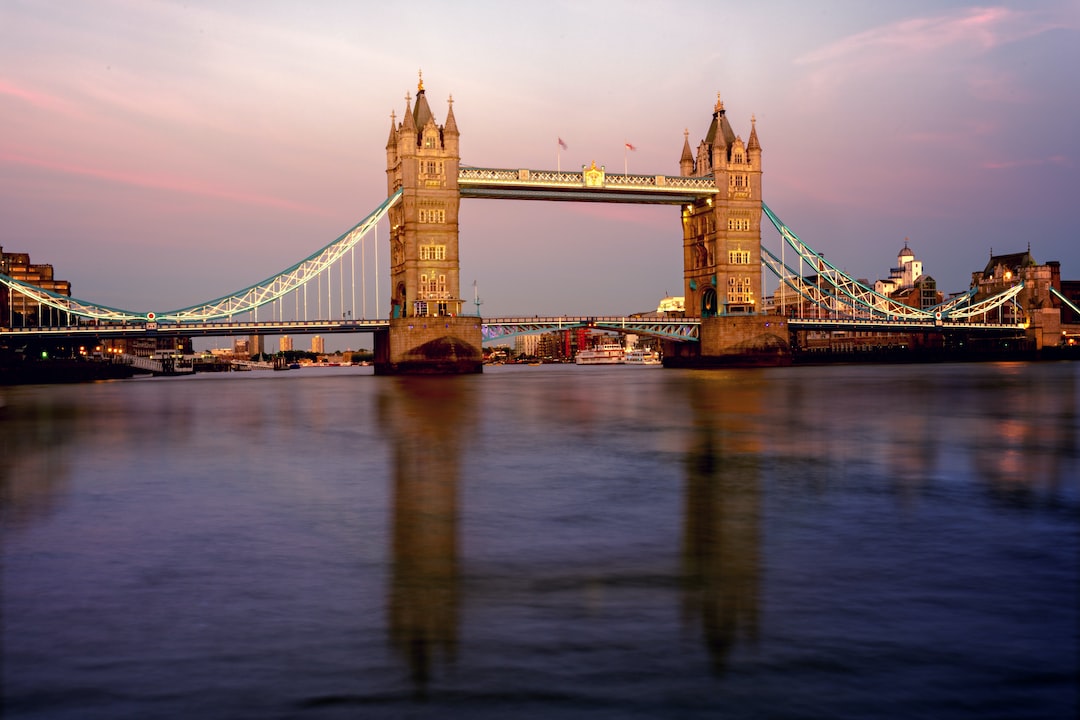London’s Literary Legacy: Exploring the Homes and Inspirations of Famous Authors
London, the vibrant and bustling capital city of England, has long been a hub of creativity and inspiration for countless writers throughout history. From the elegant townhouses of Mayfair to the charming streets of Notting Hill, the city holds a treasure trove of literary landmarks that continue to enchant literature enthusiasts from around the world. In this blog post, we will take a journey through London’s literary legacy, exploring the homes and inspirations of some of the most famous authors that have called this city their home.
Our first stop on this literary tour is 221B Baker Street, the fictional residence of the esteemed detective Sherlock Holmes. Created by Sir Arthur Conan Doyle, Holmes has become a cultural icon and his address has been immortalized in the literary world. Although 221B Baker Street does not exist in reality, the Sherlock Holmes Museum has been established at the site in homage to the great detective. Visitors can step into the world of Sherlock Holmes, exploring the study, bedrooms, and various artefacts that capture the essence of this timeless character.
Moving onto a very real author’s home, we find ourselves at 10 Ickenham High Road in North London. This unassuming yellow-bricked house was once the residence of George Orwell, author of the dystopian classic “1984” and the allegorical novella “Animal Farm”. Orwell’s time at this house was pivotal in the development of his most famous works, providing the backdrop for his exploration of totalitarianism and the erosion of personal freedoms. Although the house is not open to the public, a plaque on the outside commemorates Orwell’s time spent there, allowing fans and visitors to pay homage to the renowned author.
Continuing our journey, we arrive at the picturesque neighborhood of Bloomsbury. This area played a significant role in the formation of the Bloomsbury Group, a collective of influential writers, artists, and intellectuals that included iconic authors such as Virginia Woolf and E.M. Forster. The group met and socialized in the various houses and cafes of Bloomsbury, engaging in stimulating conversations and shaping modernist literature. One of the most notable literary landmarks in Bloomsbury is Virginia Woolf’s residence at 46 Gordon Square, now known as the Virginia Woolf House. This house was the center of their literary discussions and gave birth to Woolf’s groundbreaking works, including “Mrs. Dalloway” and “To the Lighthouse”. Visitors can explore the rooms where Woolf and her contemporaries gathered, gaining insight into the intellectual and creative hub that was Bloomsbury.
In the heart of London’s West End, we find ourselves at the inspiration behind Daniel Defoe’s acclaimed novel, “Robinson Crusoe”. The real-life inspiration for the book’s protagonist, Alexander Selkirk, can be traced back to the damp and dimly lit labyrinth of the Ye Olde Cheshire Cheese Pub on Fleet Street. This 17th-century establishment, known for its cozy interiors and historic charm, remains one of London’s oldest pubs and continues to evoke the spirit of the literary references found within its walls. Visitors can sit beneath the beamed ceilings and sip on a pint, marveling at the fact that they are treading the same floors as Defoe himself, while being transported back to the adventurous world of Robinson Crusoe.
Our final stop takes us to Southwark, where we discover the reconstructed Shakespeare’s Globe Theatre. Although not the original building, the Globe Theatre serves as a window into the world of William Shakespeare, arguably the most celebrated playwright in history. This faithfully rebuilt open-air playhouse offers visitors the chance to experience Shakespeare’s works in an authentic setting, embodying the theatrical spirit of Renaissance London. Watching a performance in the Globe Theatre is like taking a step back in time, immersing oneself in the same atmosphere that inspired Shakespeare’s masterpieces such as “Romeo and Juliet” and “Hamlet”.
London’s literary legacy is both vast and inspiring, offering a plethora of opportunities to explore the homes and inspirations of the world’s most famous authors. Whether it is stepping into the world of Sherlock Holmes, reflecting on the visionary works of Virginia Woolf, or immersing oneself in the Renaissance beauty of Shakespeare’s Globe Theatre, London truly is a remarkable city for literature lovers to delve into the legacy of timeless literary masterpieces. So why not embark on a journey to discover the homes and inspirations of some of history’s greatest authors and let their words come to life.

